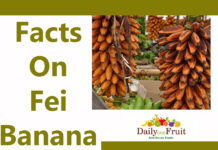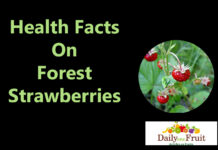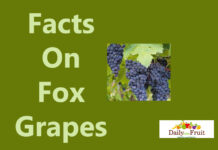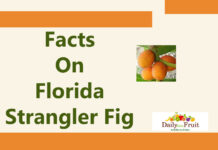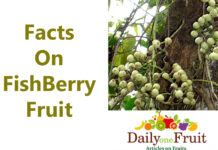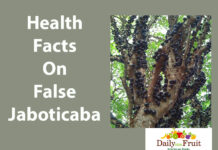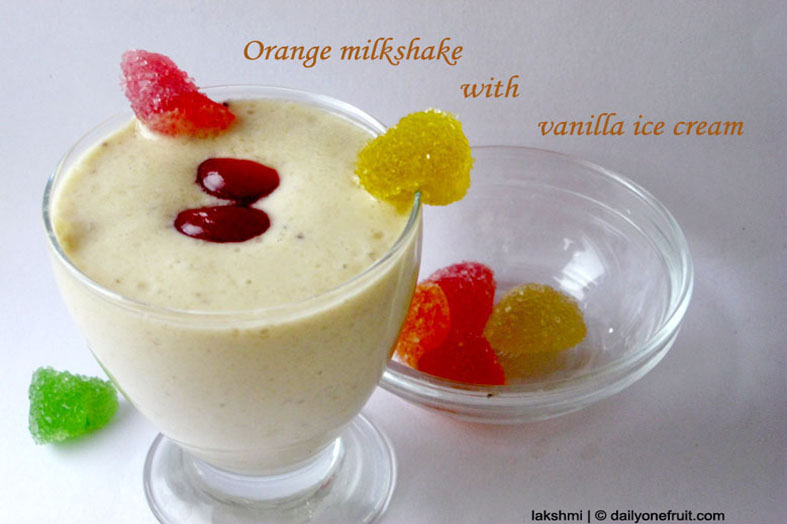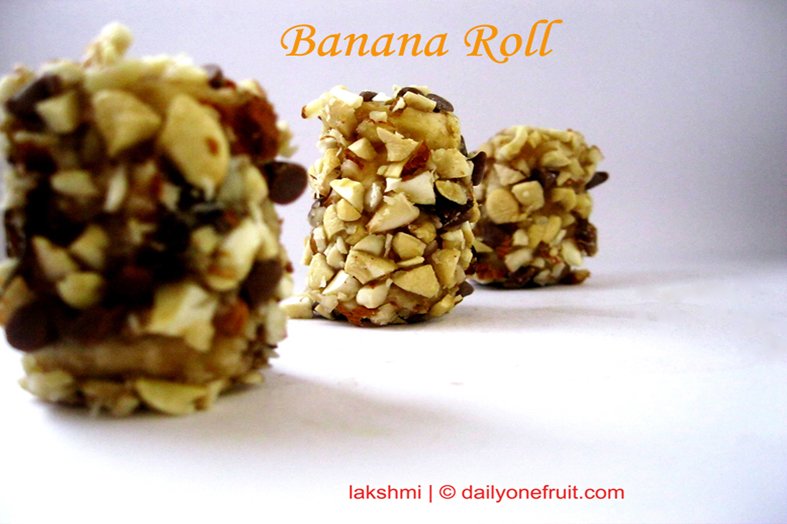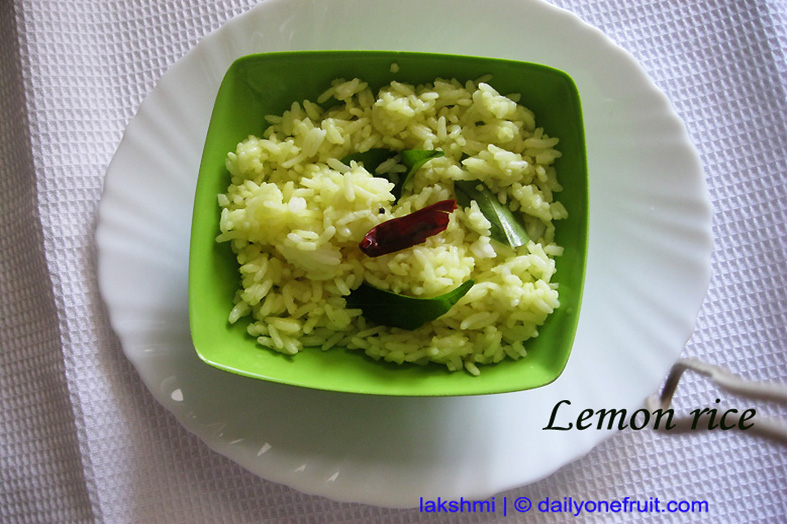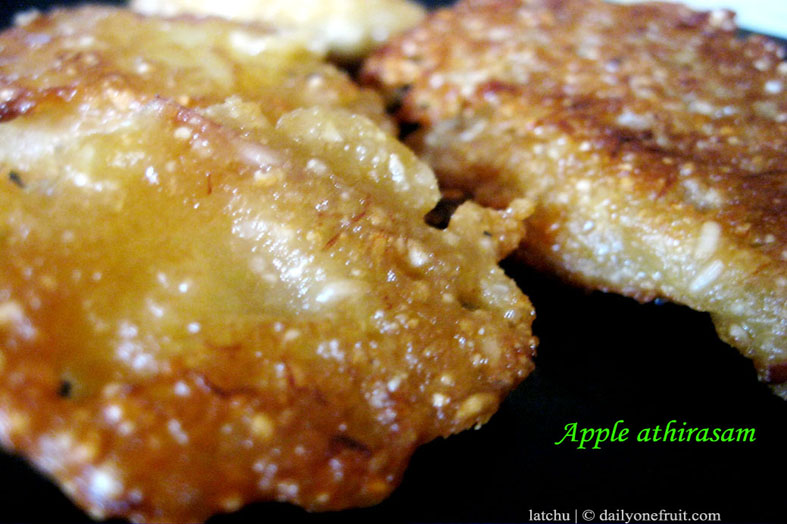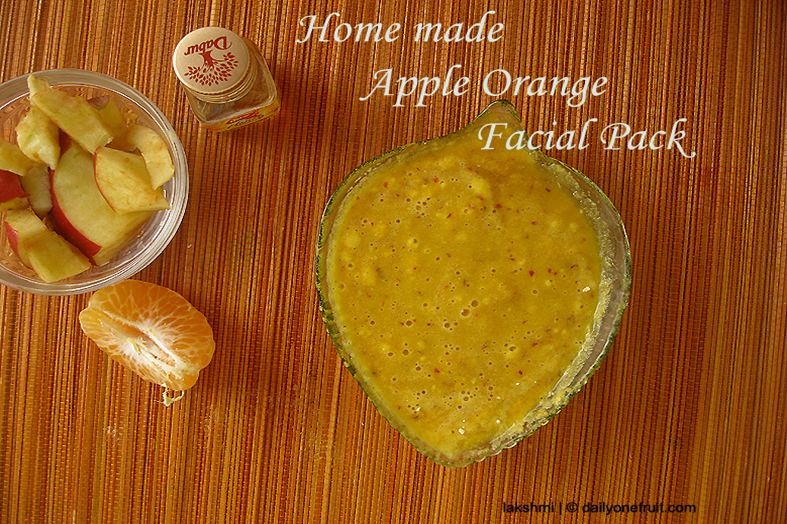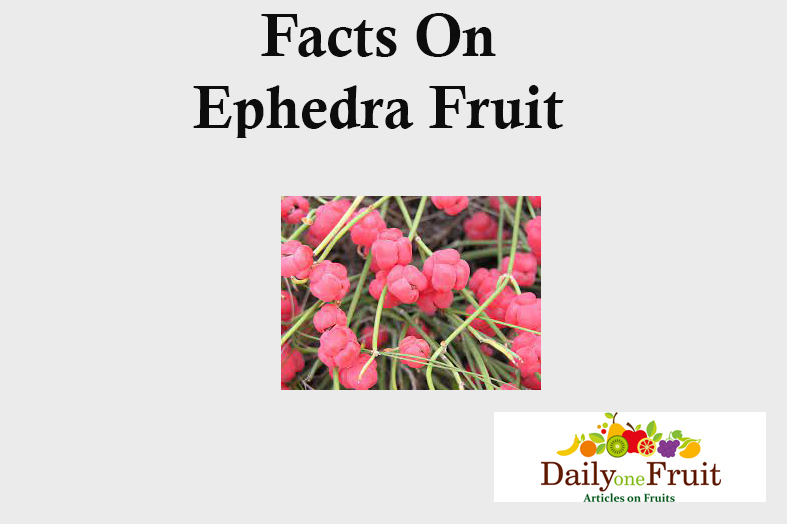
Facts On Ephedra Fruit
Ephedra is scientifically called as Ephedra distachya .
ORIGIN OF EPHEDRA FRUIT
Ephedra is a genus of gymnosperm shrubs.
The various species of Ephedra are widespread in many arid regions of the world, ranging across southwestern North America, southern Europe, northern Africa, southwest and central Asia, northern China and western South America.
OTHER NAMES OF EPHEDRA FRUIT
Common names in English include joint-pine, jointfir, Mormon-tea , Brigham tea. The Chinese name for Ephedra species is mahuang (simplified Chinese: 麻黄; traditional Chinese: 麻黃; pinyin: máhuáng; Wade–Giles: ma-huang; lit. ‘hemp yellow’). Ephedra is the origin of the name of the stimulant ephedrine, which the plants contain in significant concentration.
APPEARANCE OF EPHEDRA FRUIT
The plants are mostly dioecious: with the pollen strobili in whorls of 1–10, each consisting of a series of decussate bracts. The pollen is furrowed. The female strobili also occur in whorls, with bracts which fuse around a single ovule. Fleshy bracts are white (such as in Ephedra frustillata) or red. There are generally 1–2 yellow to dark brown seeds per strobilus.
Facts On Ephedra Fruit
The family Ephedraceae, of which Ephedra is the only extant genus, are gymnosperms, and generally shrubs, sometimes clambering vines, and rarely, small trees. Members of the genus frequently spread by the use of rhizomes.
The stems are green and photosynthetic.The leaves are opposite or whorled. The scale like leaves fuse into a sheath at the base and this often sheds soon after development. There are no resin canals.


